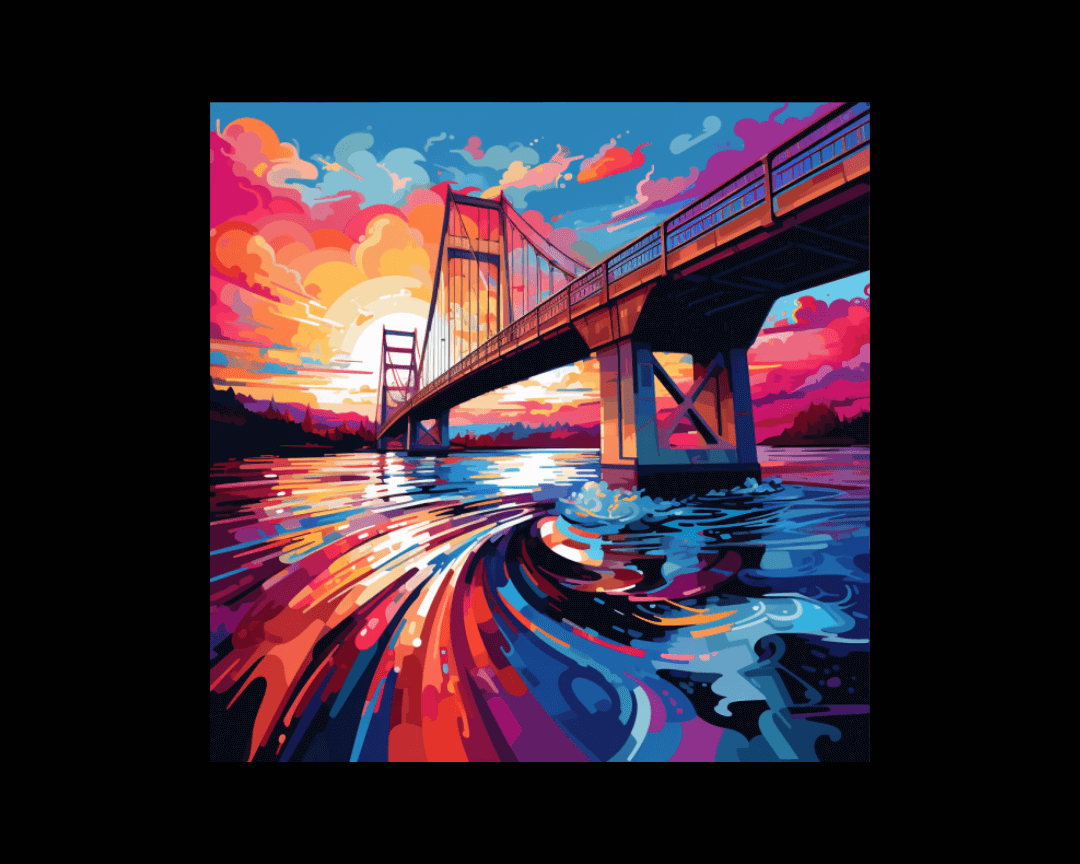Building an In-House Public Relations Function
In today's dynamic business landscape, having a strong public relations (PR) function in-house is essential for building brand awareness, fostering...
3 min read
 Emma Goldhaber
:
Jun 28, 2023 10:08:33 AM
Emma Goldhaber
:
Jun 28, 2023 10:08:33 AM
%20(1).png)
Computers have made it almost too easy to find media to use in our creative projects. Most of the time, it’s as simple as right-clicking on an image and selecting “Save Image As.” The downside of this is that it can be easy to forget that not all images – or media in general – are up for grabs. So read on for an article that’s going to save you from searching “Are stock images copyrighted” at two in the morning.
First thing first: what even is copyright? Essentially, copyright is the legal protection that’s granted toward things that are identified as creative works. These are books, TV shows, movies, art, music, and more. It’s used to make sure that the creator of the work gets a say in who or how their creative work is used, as well as any possible compensation that they may want for it.
While it can be a bit frustrating to figure out, this is an important aspect of the creative industry. It makes sure that people who create things can have their works copyrighted, which gives them a level of safety regarding their creative work.
This legal protection, however, does mean that as an internet user – and potential creator – you need to know the ins and outs of copyrighted media.
Copyright-free media is exactly what it sounds like: media (creative works) that are not copywritten. Another phrase for this would be “public domain works.” These are creative works that don’t require a creator’s permission to use. You can use them without having to pay for them. This is very important because this means it’s accessible.
Accessibility is key here. When you have to pay to use something that’s copyrighted, it can get expensive. A couple of thousand dollars to use a song may be nothing for major production companies. But to an independent creative, those costs can add up. That’s where copyright-free media comes in. You don’t have to pay to include it in your work, which opens the door to being able to get creative with it.
Copyright-free media means that anyone can get access to a huge library of music, video clips, photography, books, and more to use within their projects. Whether it’s expanding on “The Great Gatsby” five days after the F. Scott Fitzgerald book entered the public domain or using social media to market your business, copy-right free media gives everyone the opportunity to create.
It can be a little tricky to figure out what is and isn’t copyrighted, especially at first. To get you started, here’s a list of a few places that people often go to first when they’re looking for copyright-free media.
The broadest search you can do is for media in the public domain. The public domain refers to media that isn’t copyrighted. This could be because the media’s copyright expired or because they were never eligible for copyright protection in the first place. Using this term will primarily lead you to online archives that are dedicated to storing these kinds of works.
Creative Commons is a non-profit organization that works within copyright law. Creators that already have media copyrighted can apply for a Creative Commons license to apply to their copyrighted media. This license permits people in advance to use their work within specific parameters. There are a lot of different classifications for licenses, so it’s best to do a bit of research before you go ahead and use the media.
Sometimes, creators are fine with you using their work for free as long as you make sure to attribute their work to them. How they want their attribution can look different depending on the creator. But websites like Pexels and Unsplash are examples of finding attribution-only images. The main thing here is to be aware that certain websites have certain licenses.
For example, Unsplash is cool with creators using photos for commercial and non-commercial purposes, but you cannot resell the photos “without significant modification.” This means you have to be careful with how you’re using the photos, especially if you’re thinking about selling directly.
Let's talk best practices.
You may think that you know the permissions for a specific piece of copyright-free media that you’re using. Doublecheck it anyway. It’s better to spend a few extra minutes making sure that you’re in the clear than having to spend hours navigating complex legal issues because one image was copyrighted. You have better ways of spending that time, like developing a content plan for your business.
This one comes down to organization. When you’re working on larger projects, keeping a spreadsheet of where you’re getting your media from is key. This way you can track where you got each creative work from, how you’re allowed to use it, and anything that you need to follow when it comes to permissions.
Finally, make sure to give attribution to the original creator when you can. While it can be tempting to just download an image or a song and fold it into your creative project, giving proper attribution helps you to ensure that you’re following appropriate permissions when you use this creative work. It’s also just a sign of respect to acknowledge that someone else made the thing that’s helping your creative project improve.
.png)
In today's dynamic business landscape, having a strong public relations (PR) function in-house is essential for building brand awareness, fostering...

While traditional PR and publicity still play a role, today's earned media ecosystem is vastly more complex, encompassing everything from algorithmic...

Navigating the tricky waters of trust is a tightrope every marketer faces. Understanding trust's role is crucial, whether it's the subtleties of a...